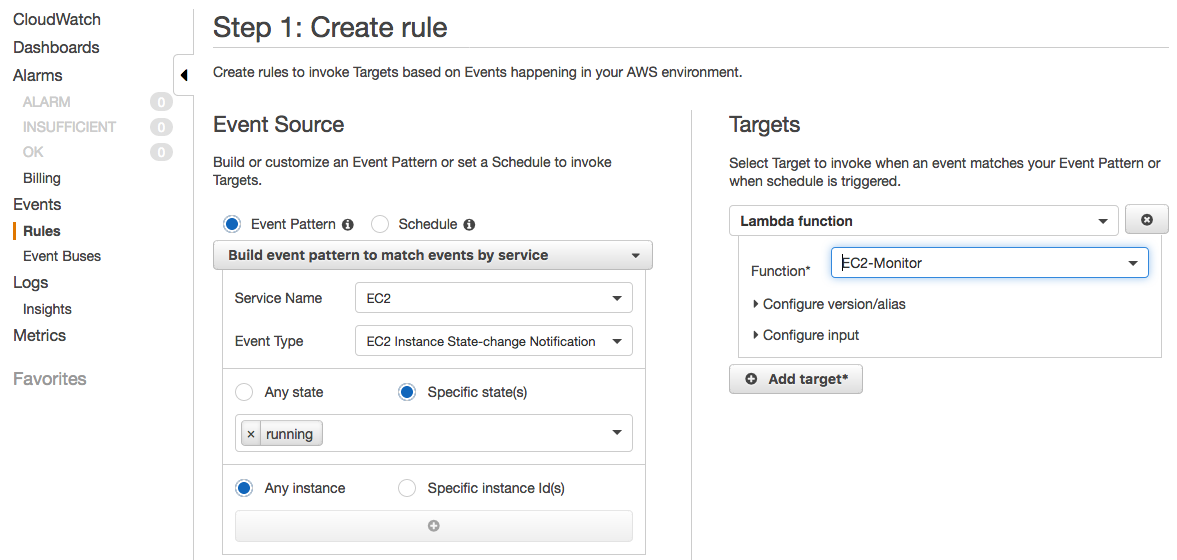
This means that at any given time, a Lambda function executes exactly one request. Finally, this runtime executes the user’s function and does not allow concurrency. The guest OS is in a shielded sandbox from where the language-specific Lambda runtime is executed. One VM executes a single Lambda function, as shown in the image below. Of course, this requires a VM that provides rock-solid isolation, and in AWS Lambda, this is the Firecracker microVM. Distributing functions regardless of the underlying account mitigates this. This can lead to a concentration of functions of the same language, size, and workload. These EC2 instances, the so-called “Lambda worker nodes,” host many Lambda functions from different customer accounts.ĭistributing accounts across the infrastructure is an architectural decision, as a given account often has similar usage patterns, languages, and sizes for their Lambda functions. Lambda functions run on EC2 instances with Amazon Linux as the host OS and a hypervisor. So while some details might have changed, the following overview is still accurate and relevant. What the Lambda team introduced in 2018, for example, the new Firecracker VM, has since been fully rolled out. Much of what’s covered in this blog post is taken from that talk. At AWS re:Invent in 2018, the Lambda team presented an excellent talk. When using a platform, it always helps to have a rough idea of its inner workings. This extension was built from scratch to take into account all we’ve learned and the special requirements for monitoring ephemeral, auto-scaling, micro VMs like AWS Lambda. This has led to the recent release of our new Lambda monitoring extension supporting Node.js, Java, and Python.
#Lambda website monitor code
Gartner predicts that by 2025, 50% of all global enterprises will have deployed serverless function platforms as a service (fPaaS), up from only 20% today.ĭynatrace has offered a Lambda code module for Node.js since 2017, and many customers have used it with great success while we collected requirements for the next iteration of our Lambda extension. Since its introduction by AWS in 2014, AWS Lambda has revolutionized the compute space and boosted the entire serverless movement. We also explore the considerations we made at Dynatrace in building the extension, along with examples of how we tackled the unique requirements of monitoring Lambda functions.


#Lambda website monitor series
In this practitioner’s blog post, the first in a series on AWS Lambda, we cover how Lambda works under the hood and how it's different from traditional host- or container-based systems.


 0 kommentar(er)
0 kommentar(er)
